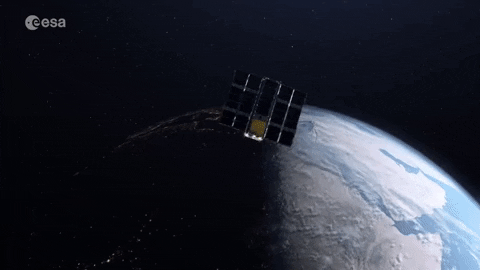Search and Rescue from Space with Machine Learning on Software Defined Radio
My awesome research partners Tom Mladenov and Tom Syndercombe are at the 73rd International Astronautical Congress (IAC) in Paris. Our champion Mr Mladenov will be presenting!
We have some exciting successes in applying Machine Learning (ML) with Software Defined Radio (SDR) that we’re eager to share with everyone:
Mladenov, T., Labrèche, G., Syndercombe, T., & Evans, D. (2022). Augmenting Digital Signal Processing with Machine Learning techniques using the Software Defined Radio on the OPS-SAT Space Lab. 73rd International Astronautical Congress (IAC).
The work presents an innovative solution to RF signal detection for narrowband signal localization and Search and Rescue (SAR) distress signal monitoring using ML in a congested RF environments sensed by spaceborne payloads. The findings are a thrilling validation on how creative use of in-orbit edge computing and ML can spearhead autonomous spacecraft operations to new levels of sophistication with reduced payload operations complexity.

This projects builds on our previous work lead by Tom M. in deploying the European Space Agency’s first use of on-board RF signal processing using SDR and GNU Radio running on OPS-SAT-1’s payload computer:
Mladenov, T., Evans D., & Zelenevskiy V. (2022). Implementation of a GNU Radio-Based Search and Rescue Receiver on ESA’s OPS-SAT Space Lab. IEEE Aerospace and Electronic Systems Magazine, vol. 37, no. 5, pp. 4-12, doi: 10.1109/MAES.2022.3143875.
A version of this post was first published on LinkedIn by Tom M. and then reposted with my comments.
